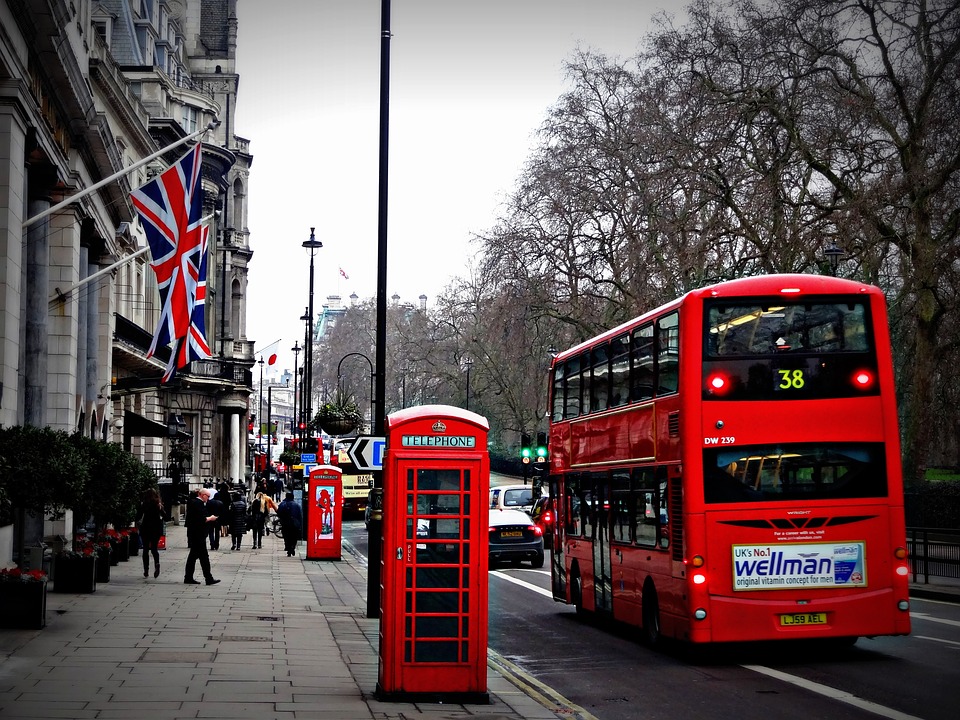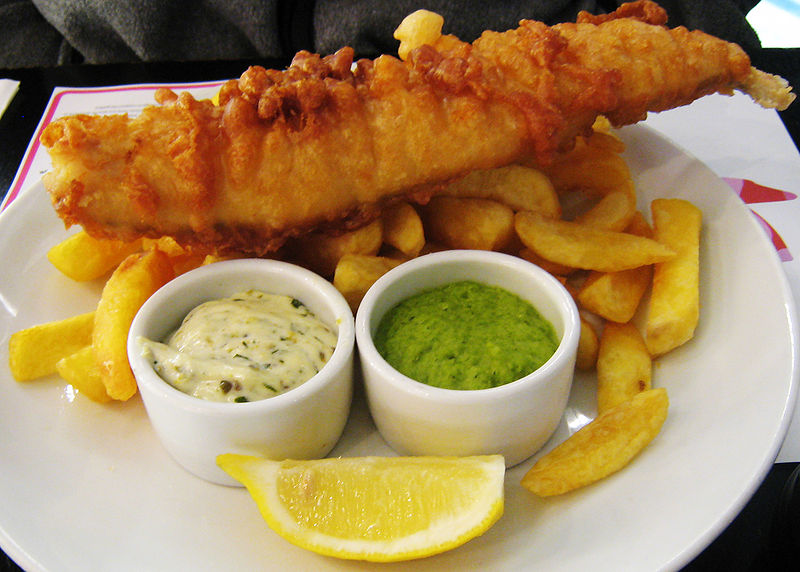 Visiting London to learn English is more than just a holiday and a learning venture. Stepping foot into the busy streets of London is the start of a journey through the heart of English language and culture.
Visiting London to learn English is more than just a holiday and a learning venture. Stepping foot into the busy streets of London is the start of a journey through the heart of English language and culture.
From historic landmarks to vibrant neighborhoods, every corner of the city gives insights into the language and culture that defines modern-day Britain.
Join us as we embark on a virtual tour of London, uncovering the ways in which the Capital can enrich your understanding of English language and culture.
English Language in Everyday Life
One of the most effective ways to learn a language is through immersion, so visiting London provides students with the perfect environment.
From ordering a traditional English breakfast at a cafe to striking up conversations with Londoners at the bus stop, every interaction becomes an opportunity to practise your English skills in authentic settings.
Historical Landmarks
London is home to many historical landmarks that offer insights into the country’s heritage and link with its linguistic background.
For example, you could visit the Tower of London, the British Museum, Houses of Parliament, St Paul’s Cathedral, and Buckingham Palace. Each of these places ties in with different aspects of culture, history and language, such as the language of royalty and the language of politics.
Theatre and Comedy
As a global hub for theatre and performing arts, London has many opportunities for theatre lovers – attending a performance can be a great way to experience the language.
If you are visiting London to learn English, try attending a West End production, visiting the Globe Theatre for an authentic Shakespearean performance, or exploring the fringe theatre scene. This can be an exciting way to engage with English through classic and modern plays.
Don’t forget about comedy clubs as a fun way to practise your English listening skills. Comedy is one of the areas that can be extremely difficult for language learners, as many jokes rely on word-play. So this could be a serious challenge for advanced learners looking to improve fluency!
Restaurants, Cafes and Pubs
Food reflects culture and is also an important gateway to language. London’s food scene offers a wonderful array of flavours and dishes to explore, from all over the world, as well as traditional British food, such as fish and chips, roast dinner, afternoon tea and hearty ‘pub grub‘.
It’s interesting to discover the names and descriptions of all the dishes on the menus when you’re at a restaurant. Its also a cultural lesson in how to order, how to ask for the bill in English, while enjoying seeing how different foods and sauces are eaten and combined in British cuisine.

Multicultural Neighborhoods and Global Perspectives
London’s multicultural neighborhoods provide a melting pot of languages and cultures, offering invaluable insights into the globalised nature of the English language and the influence of English around the world.
Walking around communities such as Chinatown, Little India and Brick Lane gives you a deeper appreciation for the multi-cultural sides of the city.
Quirky Street Names
London’s streets are packed with history, culture and linguistic quirks. Walk around the city and you’ll encounter street names that offer fascinating insights into the English language.
When you visit London to learn English, you’ll find the whimsical “Pudding Lane”, the regal “King’s Road” and the enigmatic “Baker Street” (Gerry Raffety wrote a song of the same name with a famous saxophone solo). Each name tells a story, reflecting the city’s fascinating past.
Museums are Windows into the Past and Present
London’s museums are treasure troves of knowledge, offering insights into the past, present and future of English language and culture.
For example, the British Museum has a large collection of artefacts from around the world, while the Charles Dickens Museum explores the life and works of one of England’s most famous writers.
The Museum of London is another great choice, taking visitors through London’s history, from its Roman origins to its modern day multi-cultural identity.
Hidden Gems
Beyond the tourist trails are various hidden gems that offer a more intimate look at London’s language and culture.
Check out the Sherlock Holmes Museum on Baker Street for an adventure through the world of Arthur Conan Doyle’s iconic detective, or stroll along the streets of Camden Town, packed with street art, music and interesting shops.
If you visit London to learn English, you can always venture off the beaten path to discover lesser-known museums like the Grant Museum of Zoology, the Clink Museum or the Sir John Soane’s Museum, where you’ll find interesting exhibits exploring the connections between language, art and science.
Transport in London
Using the public transport in London helps you navigate the city while using your English language skills. The red double-decker buses and the Underground (known as the “Tube”) are integral parts of London’s transportation network.
As a non-native English learner, learning useful transport vocabulary such as “bus stop”, “platform” and “ticket machine” will be useful for getting around the city.
When taking taxis, it’s also helpful to know common phrases such as “Can you take me to…?” and “How much will it cost?” to communicate with drivers (known as “cabbies”).
Visiting London to Learn English
Visiting London to learn English gives you a great opportunity to practise and improve your English language proficiency in real-life situations, while exploring some historical hotspots and lesser known sights in the Capital.
What are you waiting for? Pack your brolly (slang for “umbrella”), prepare your palette for copious amounts of tea, and let London be your guide on a language and cultural adventure!
Attributions
- Fish, chips and mushy peas in London by Charles Haynes from Bangalore, India (Fish, Chips, and Mushy Peas) [CC BY-SA 2.0], via Wikimedia Commons
